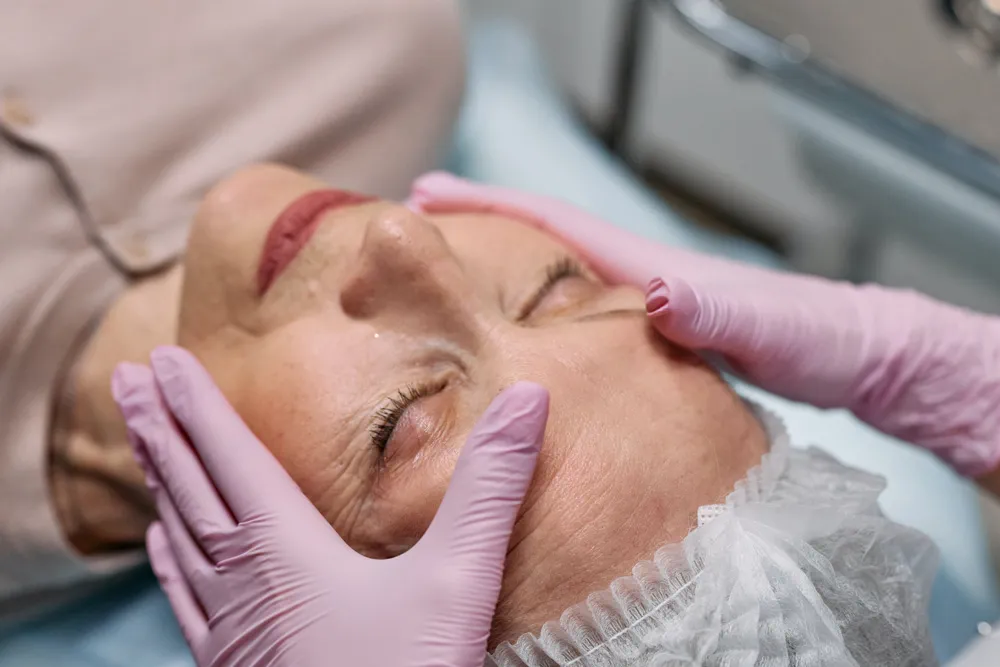Your cart is currently empty!
What is Bells Palsy?
Bell’s Palsy is a condition characterized by the sudden onset of facial paralysis, often affecting one side of the face. While the exact cause remains uncertain, viral infections, inflammation, and stress are believed to contribute to its development. Traditional treatments for Bell’s Palsy typically include medications, physical therapy, and facial exercises. However, alternative therapies like cupping have gained attention for their potential benefits in managing Bell’s Palsy symptoms.
How Cupping May Help Bell’s Palsy:
- Improved Blood Circulation: Cupping therapy is believed to enhance blood circulation, which can be crucial for individuals with Bell’s Palsy. Improved blood flow may facilitate the delivery of essential nutrients and oxygen to the affected facial nerves, aiding in the recovery process.
- Reduction of Inflammation: Inflammation is a common factor in Bell’s Palsy, contributing to the compression of facial nerves. Cupping is thought to have anti-inflammatory effects, potentially reducing swelling and promoting a quicker recovery.
- Relaxation of Muscles: The gentle suction created during cupping can help relax facial muscles, alleviating tension and promoting better muscle function. This may contribute to restoring natural facial expressions in individuals with Bell’s Palsy.
- Nerve Stimulation: Cupping therapy may stimulate nerve endings in the treated area, aiding in the restoration of nerve function. This stimulation could potentially enhance the connection between the nerves and muscles affected by Bell’s Palsy.
Considerations and Precautions:
While cupping therapy may offer potential benefits for individuals with Bell’s Palsy, it’s essential to approach it with caution. Consulting with a healthcare professional before incorporating cupping into the treatment plan is crucial, as individual responses to alternative therapies can vary.
Final Thoughts
While cupping therapy is not a standalone cure for Bell’s Palsy, it may complement traditional treatments and contribute to a holistic approach to managing symptoms. As with any alternative therapy, it’s essential for individuals with Bell’s Palsy to consult with their healthcare provider to ensure that cupping is safe and suitable for their specific condition. Research on the effectiveness of cupping for Bell’s Palsy is still in its early stages, and further studies are needed to establish its efficacy definitively.

Leave a Reply
You must be logged in to post a comment.